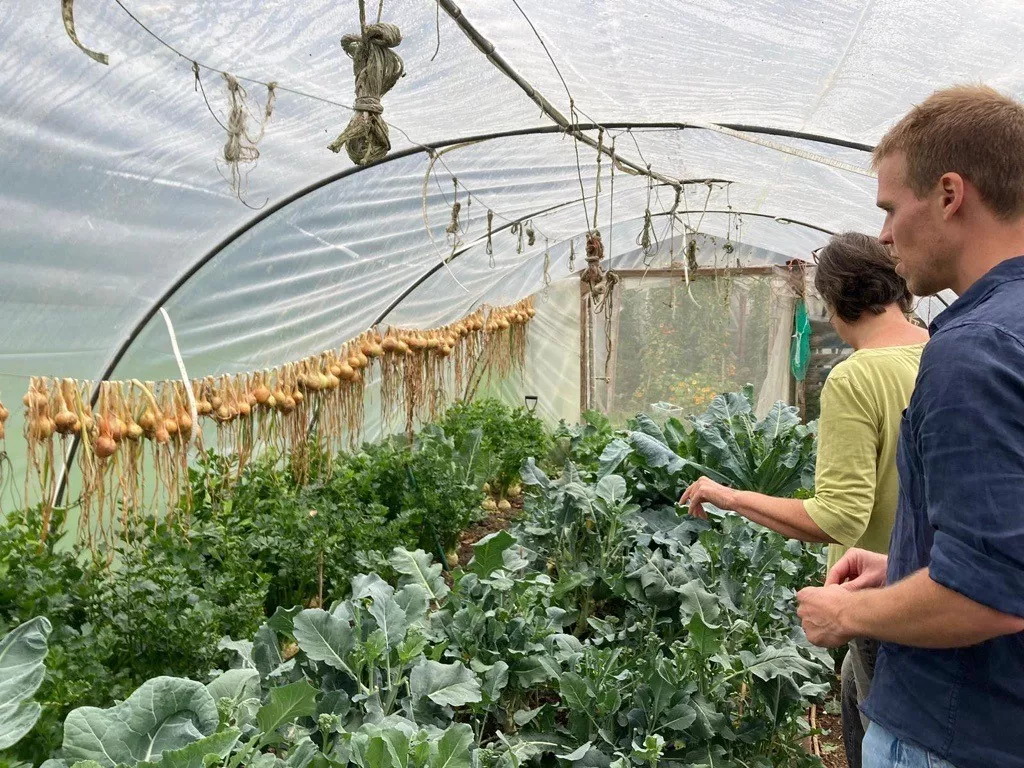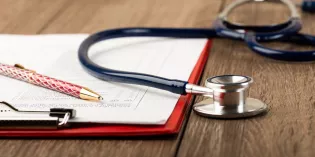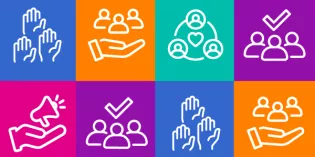
We are almost through August and I write this having just experienced an intensely hot day and some unusual midsummer weather. This reminds us how our climate is changing and prompts us to think about learning to live in a rapidly changing environment and how to adapt our health services so they remain resilient and fit for purpose.
As usual, my climate activities have been quite eclectic in the last few weeks. Our RCPCH clean air team joined me in rural Nottinghamshire. It was great to show them my personal inspiration for our climate work and perhaps demonstrate the joined up thinking we need to solve the problems that directly contribute to climate change and our own health and wellbeing.
Our clinical fellows have been working hard on the tools and resources needed by paediatricians to support our patients in clinic and to help us advocate for them locally, regionally, and nationally, depending on our roles. We are about to launch our updated position statement on air pollution, which looks at factors contributing to indoor and outdoor air pollution and the impact on child health. Importantly, this will consider the financial impact, what can be done about it and by whom.
Let's start with individual actions like choosing active travel or public transport over driving. These choices offer benefits like quality time with children, more exercise and saving on fuel. While switching to hybrid or electric vehicles reduces nitrogen dioxide emissions, it doesn't address the particulate matter pollution that is released when tyres are worn down by road friction.
Local actions are for our councils. I spent an evening discussing air pollution with our local Councillor and Environmental Health team. Each council must publish an annual Air Quality Assessment. Unfortunately, they measure air pollution 2m above the ground, gathering monthly data and producing an annual average. This does not reflect the pollution a small child will experience on the way to school at 08:30! Fortunately, our council recognises this and is doing targeted work across our district to reduce and stop idling outside schools. We will be putting some great case studies about this on our website soon.
Councils are also involved in planning and local transport. We need better footpaths, cycle routes, facilities for secure cycle parking, and better, affordable public transport for longer distances. We have heard a lot from our new government about new housing and facilitating planning permission. This will only be a good thing if the new housing stock is well-insulated, ventilated, low energy by design, and has well-thought-out transport infrastructure that encourages active travel and provides green spaces for wellbeing. The building industry needs to supply this as standard. I am not sure this is yet a given!
Our upcoming position statement is also a way for us to put the health impact of air pollution on children squarely on the Cabinet table.
Actions are needed from several departments, particularly housing, transport, and health. We know that money spent on prevention will be saved multiple times from the treatment of chronic ill health. The letter from Ride for their Lives to the Prime Minister describes this very eloquently. The College's focus on reducing child poverty is also key to this.
Addressing air pollution can have a significant positive impact on the health of all of us, especially children. It is a global issue, and when paediatricians advocate for clean air in the UK, we will be heard by our partners across the globe, where the situation is even more acute. Every time we leave the car at home in favour of an active alternative, it is a vote for clean air and for our own and all children’s wellbeing.










